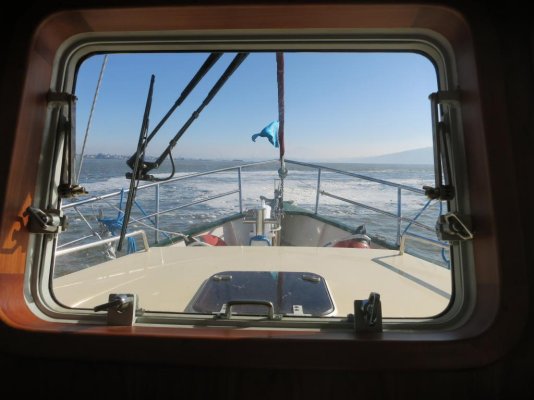I might argue that on board radar is a lousy tool for weather prediction, and doesn't do too well for avoidance either. It's missing a lot of features for weather... tilt, strikes, doppler, etc. And most don't have the power to see thru weather.
First, boats really can't out run weather, and for the most of us running rivers, small bays, etc., it's just hard to even maneuver much for avoidance. So there's an argument to just hunker down for the most part.
For forecasts, the National Weather Service is golden and one can get all the info needed. The biggest issue is finding risks that are not acceptable.... stuff where you shouldn't leave the dock/anchorage. Look at weather systems, highs/lows, fronts and forecasts. One can get pretty good info for the next 24 hours... and somewhat for 2 to 3 days. However, one can get trends that can be close.
Also, one can look at the NWSs Storm Prediction Center to see what the chances are for really nasty stuff like tornados, hail, high winds... that we really want to avoid.
Now, if one has no internet, XM offers a lot of products.
Don't get your hair wet.....


